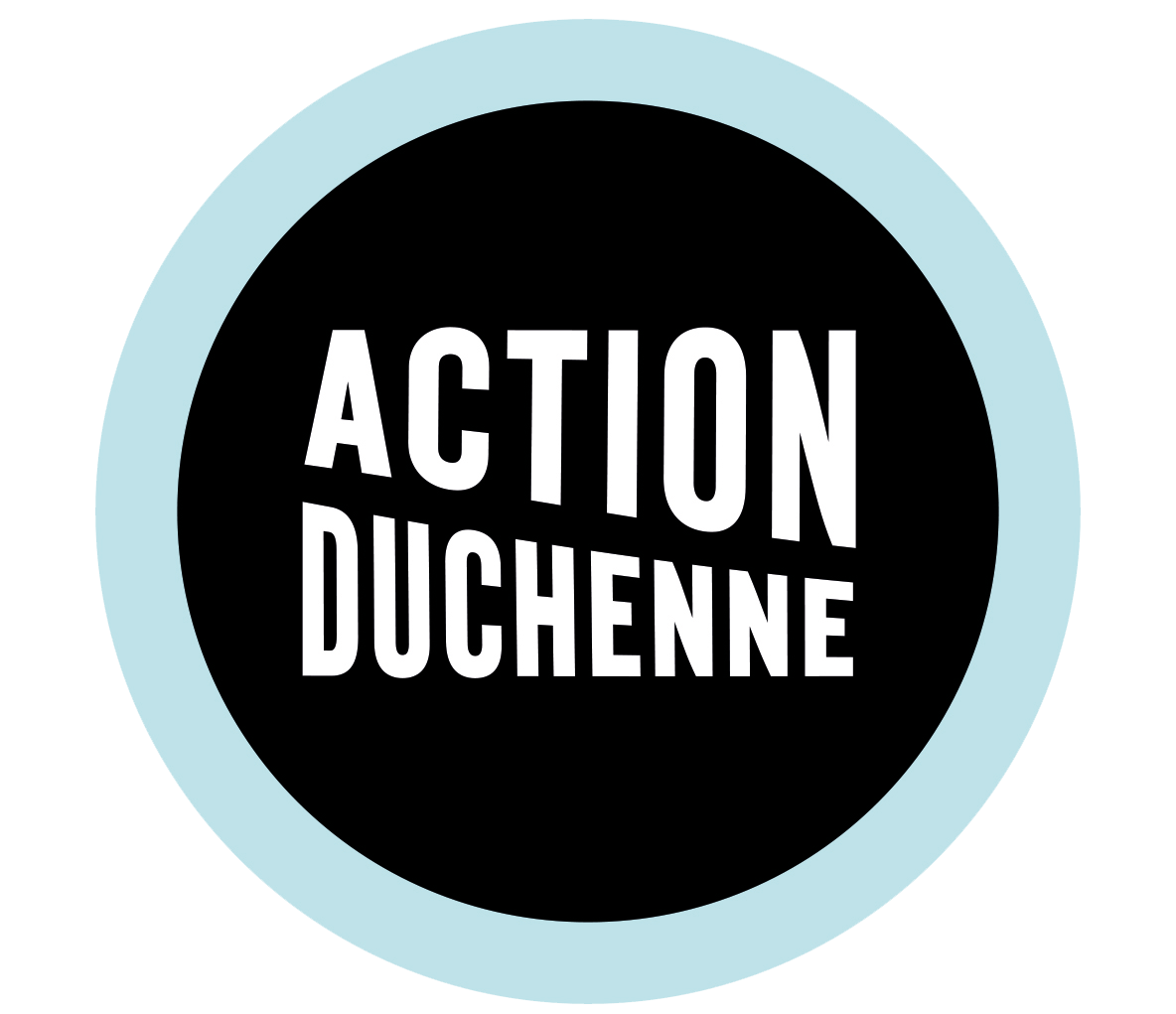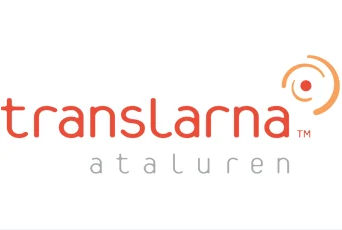Translarna (ataluren) is the first licensed treatment for an underlying genetic cause of Duchenne muscular dystrophy. It has been designed to target a particular genetic mutation, called a ’nonsense mutation’ which causes about 10-15 percent of cases of the condition. Clinical data suggests that ataluren is likely to slow down disease progression and delay the loss of the ability to walk.
In January 2023, it was announced by PTC Therapeutics that NICE (the National Institute for Health and Care Excellence) issued a Final Evaluation Document recommending Translarna for reimbursement and use across the NHS in England and Wales. In Scotland, ataluren can be prescribed within the ultra-orphan pathway until February 2025, after which the company will provide an updated submission for reassessment for a routine use in NHS Scotland. The NICE recommendation was based on data from clinical trials and real-world evidence demonstrating Translarna’s potential to slow disease progression and improve patient outcomes.
“The published final NICE Evaluation and agreement with the NHS provide critical access the Translarna for newly diagnosed and existing patients with nonsense mutation Duchenne in England and Wales” said Jesse Sibarium, Senior Vice President and General Manager – EMA, PTC Theraputics. “The decision to not include a formal stopping rule in the Evaluation is positive. It recognizes points raised by Action Duchenne, MDUK and other patient and clinical expert, in evidence to NICE, that clinicians would want the option to continue using Translarna after their patients lose the abililty to walk because of the potential ongoing therapeutic benefits seen”.
To read the full NICE guidelines please click here.
You will find the summary of the guidelines on an Action Duchenne news article here
How does Translarna work?
Individuals living with Duchenne lack normal (full length) dystrophin, a protein found in muscle cells. This protein acts as a shock absorber during muscle contraction and thus helps to protect muscles from injuries. Because there is a lack of dystrophin, muscles of Duchenne individuals undergo damage and weaken over time.
The reason for dystrophin gene alteration is a chance in the DNA structure caused by mutations. One of these mutations is calledNonsense mutation which results in a stop signal in the wrong place in the gene. A gene holds the instructions needed to make a protein, and the stop signal prevents the instructions being read to the end. In Duchenne, early stop signals (scientifically called a premature stop codon) in the dystrophin gene can prevent production of the dystrophin protein.
Translarna works by telling the cell to ignore the early stop signal in the mutated dystrophin gene, and to keep going until it reaches the normal stop signal, allowing full-length, working dystrophin protein to be made.
Importantly, experiments have shown that Translarna does not stop cells from responding correctly to the normal stop codons at the end of the genes.
Who is Translarna for?
Translarna (which used to be known as ataluren) has been developed to treat Duchenne muscular dystrophy caused by a nonsense mutation. It cannot treat Duchenne caused by other types of mutation. This therapy is recommended for routine use in the NHS for treating DMD resulting from a nonsense mutation in the dystrophin gene.
To start taking Translarna, children must be:
- 2 years and older
- ambulatory (able to walk)
Please consult your doctor for personalised medical advice.
- To find out more about Duchenne science, gain crucial knowledge and support, please join us on our Science on Tour workshops. We are coming to 30 locations across the UK in 2023 – book your FREE place here now.
- SAVE THE DATE: Action Duchenne’s International Conference 2023 will be held on the 10th and 11th November and is an amazing opportunity to meet with those involved in every aspect of Duchenne, from families, clinicians, researchers and pharmaceutical companies.


 Santhera concludes agreement with French authorities on Raxone reimbursement and plans to submit request for an Early Access Program for Vamorolone
Santhera concludes agreement with French authorities on Raxone reimbursement and plans to submit request for an Early Access Program for Vamorolone